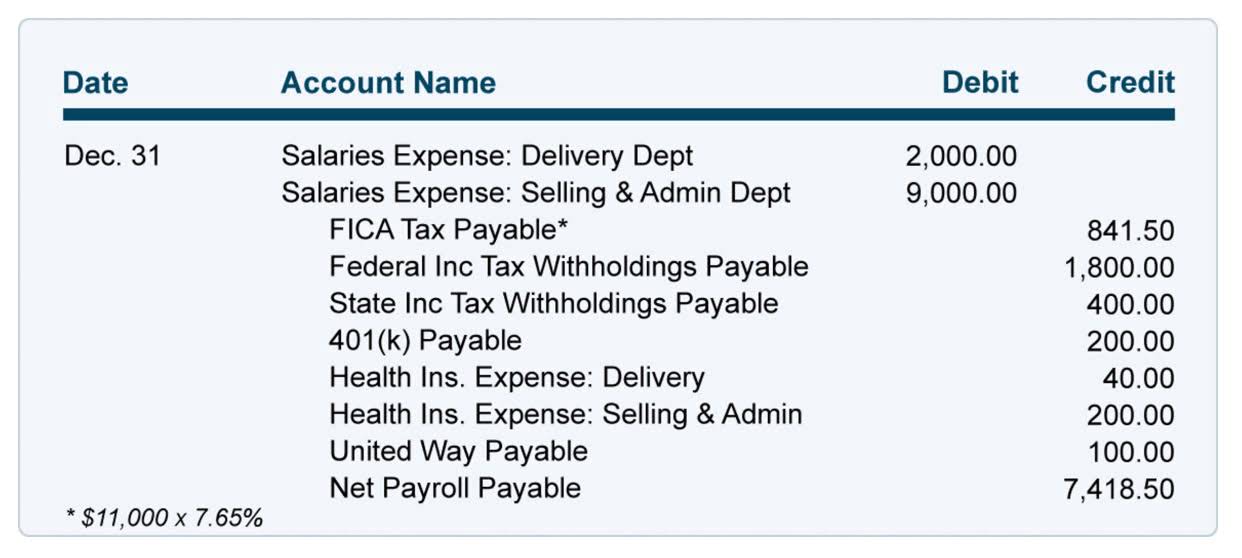
Every transaction demonstrates the relationship of the elements and shows how balance is maintained. For example, an increase in an asset account can be matched by an equal increase to a related liability or shareholder’s equity account such that the accounting equation stays in balance. Alternatively, an increase in an asset account can be matched by an equal decrease in another asset account. It is important to keep the accounting equation in mind when performing journal entries. The purchased office equipment will increase Assets by $500 and decrease them by $250 (cash). On the left side of the basic accounting equation, an increase of $250 is balanced by an increase of $250 on the right side of the equation for liabilities (accounts payable).


Implicit to the notion of a liability is the idea of an “existing” obligation to pay or perform some duty. Because of the two-fold effect of business transactions, the equation always stays in balance. Let’s plug this into the equation to see if Ed’s accounts are balanced. Now that you understand the parts of the accounting equation, let’s talk about how it works. On January 1st, 2020, Sherry took out the money from her savings for $100,000 to start her skincare business.
Recurring Journal Entry
It’s hard to believe, but did you know that an accountant and a tightrope walker have the same goal? Where the tightrope walker uses the pole to maintain balance, the accountant uses a basic mathematical equation that is called the accounting equation. The double-entry practice ensures that the accounting equation the accounting equation may be expressed as always remains balanced, meaning that the left side value of the equation will always match the right side value. The accounting equation is a concise expression of the complex, expanded, and multi-item display of a balance sheet. For every transaction, both sides of this equation must have an equal net effect.
- It shows how the company shares profit with its shareholders or keeps money in retained earnings.
- Because of the two-fold effect of business transactions, the equation always stays in balance.
- ” The answer to this question depends on the legal form of the entity; examples of entity types include sole proprietorships, partnerships, and corporations.
- Metro Corporation earned a total of $10,000 in service revenue from clients who will pay in 30 days.
- For a more detailed analysis of the shareholder’s equity, an expanded accounting formula may also be used.
- The main use of this equation is for the accurate recording of the balance sheet.
Accounts receivable list the amounts of money owed to the company by its customers for the sale of its products. Assets include cash and cash equivalents or liquid assets, which may include Treasury bills and certificates of deposit. Metro Corporation paid a total of $900 for office salaries. Metro Corporation collected a total of $5,000 on account from clients who owned money for services previously billed. Over 1.8 million professionals use CFI to learn accounting, financial analysis, modeling and more.
Create a free account to unlock this Template
Earnings give rise to increases in retained earnings, while dividends (and losses) cause decreases. Income and expenses relate to the entity’s financial performance. Individual transactions which result in income and expenses being recorded will ultimately result in a profit or loss for the period. The term capital includes the capital introduced by the business owner plus or minus any profits or losses made by the business. Profits retained in the business will increase capital and losses will decrease capital.










